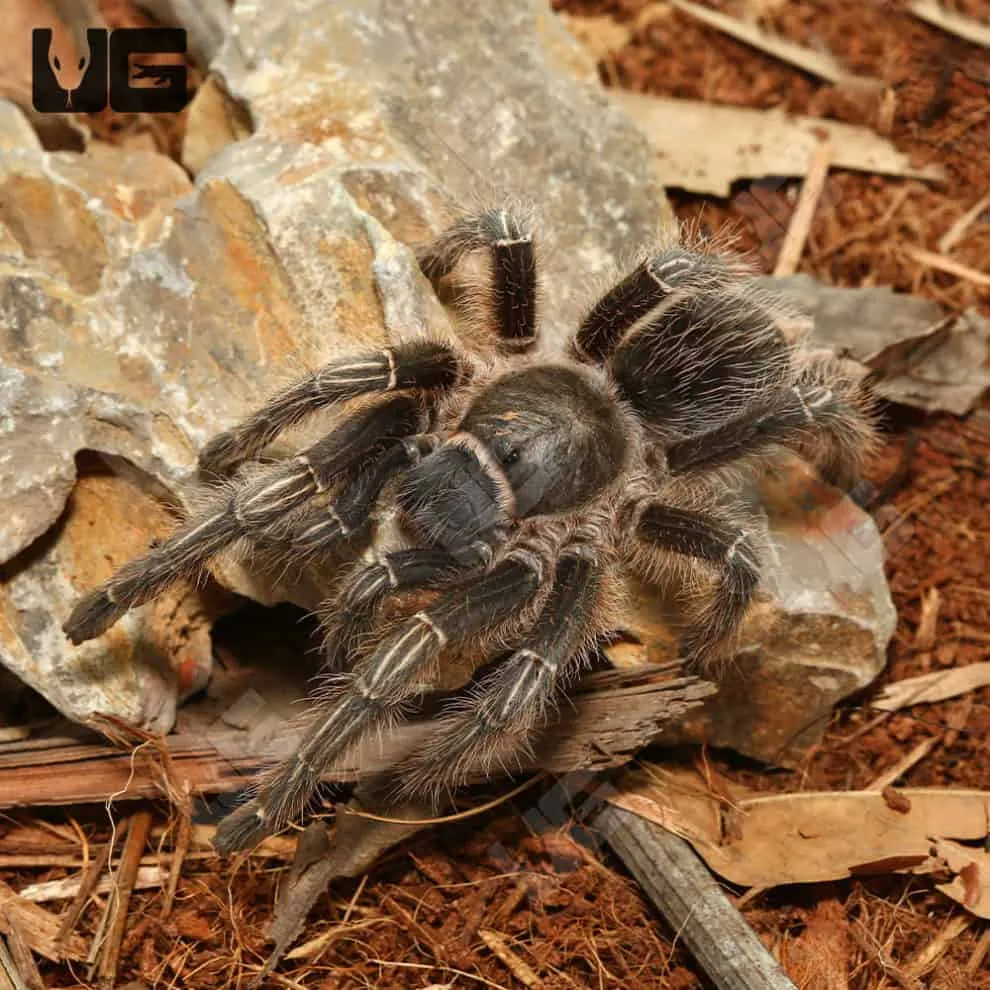Understanding the Stripe Knee Tarantula’s Diet
The Stripe Knee Tarantula (Aphonopelma seemanni) is a captivating species, renowned for its striking black and white striped legs and relatively docile temperament. One of the most crucial aspects of caring for a Stripe Knee Tarantula is understanding its dietary needs. Proper feeding not only ensures their survival but also promotes healthy growth, molting, and overall well-being. This guide delves into the specifics of feeding these fascinating creatures, offering insights into what they eat, how often they need to be fed, and potential problems you might encounter.
What Do Stripe Knee Tarantulas Eat?
In the wild, Stripe Knee Tarantulas are opportunistic predators, primarily feeding on insects. Their diet typically consists of whatever they can overpower, including crickets, grasshoppers, beetles, and even small spiders. In captivity, replicating their natural diet is essential for their health. Providing a varied diet of appropriately sized insects ensures they receive the necessary nutrients for growth and development. It’s also worth noting that these tarantulas have a powerful bite, so offering food items that are too large can pose a risk to the tarantula itself. Variety is key, and you can also offer different types of prey items to avoid nutritional deficiencies, just like in any other pet’s diet.
The Importance of Proper Feeding
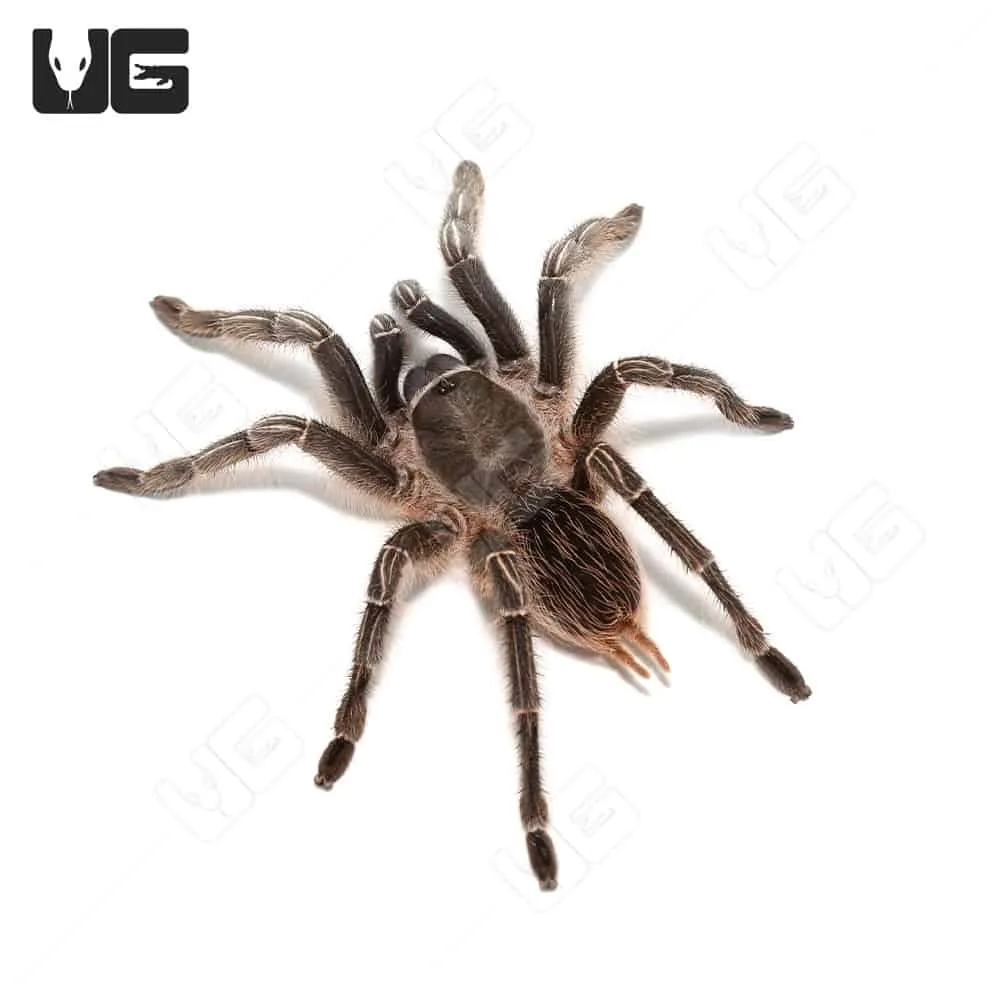
Proper feeding is paramount for a Stripe Knee Tarantula’s survival and well-being. Insufficient feeding can lead to stunted growth, weakness, and even death. Conversely, overfeeding can also cause problems, such as obesity and a shortened lifespan. Molting is a crucial process for tarantulas, and they require adequate nutrition to successfully shed their exoskeleton. A well-fed tarantula will also be more active, displaying its natural hunting behaviors and contributing to the overall enjoyment of keeping this pet. Careful observation of your tarantula’s behavior and feeding habits is key to providing the correct amount of food.
Top 5 Feeding Tips for Stripe Knee Tarantulas
Tip 1 Provide Appropriately Sized Prey
The size of the prey you offer is critical. The general rule of thumb is to provide insects that are no larger than the tarantula’s body length. For spiderlings and juvenile tarantulas, start with smaller prey like pinhead crickets or flightless fruit flies. As they grow, you can gradually increase the size of the prey, offering them medium or adult crickets, roaches, or even mealworms. Avoid offering prey items that are too large, as they can stress the tarantula and potentially injure it during the feeding process. Always monitor the tarantula after feeding to ensure it has successfully consumed the prey.
Why Size Matters
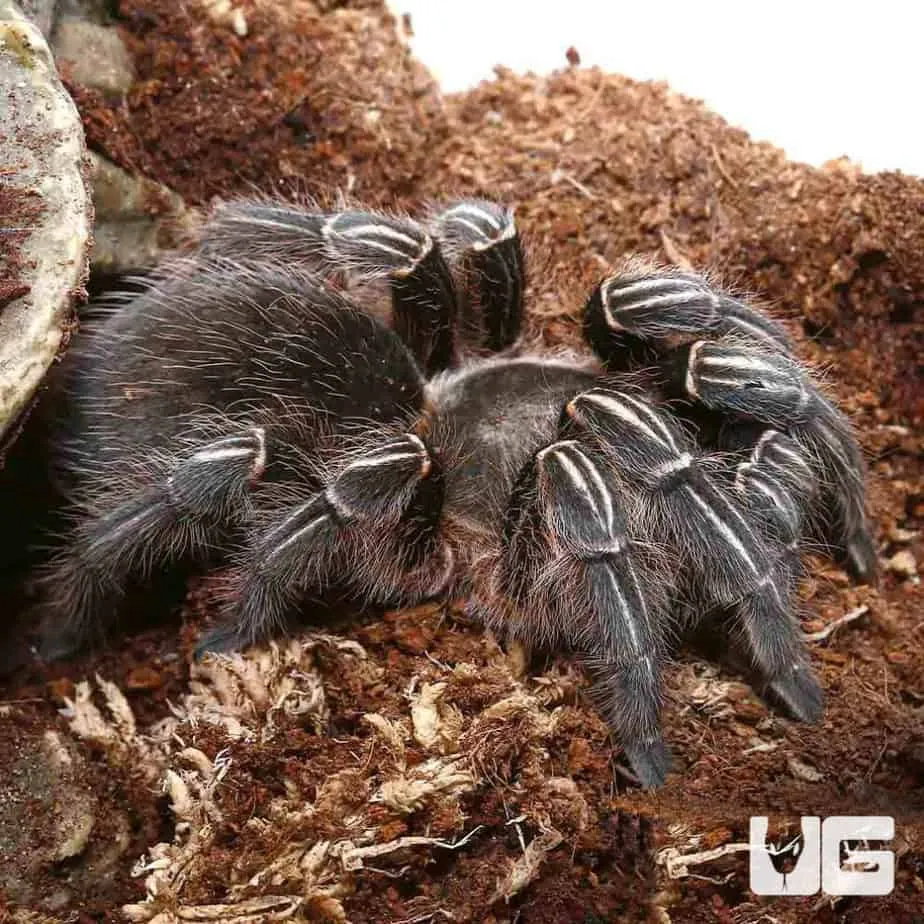
Offering appropriately sized prey ensures that the tarantula can successfully capture and consume its meal without unnecessary risk. Oversized prey can be a threat to the tarantula; large insects can potentially bite or injure the tarantula. Moreover, an insect too large might be intimidating, causing the tarantula to avoid it. Conversely, prey that is too small might not provide sufficient nutrition, particularly for growing juveniles. The right prey size also helps stimulate the tarantula’s natural hunting instincts and keeps them active and engaged, which is important for their psychological well-being.
Tip 2 Frequency of Feeding
The frequency of feeding depends on the tarantula’s age and size. Spiderlings and juveniles, due to their faster growth rate, require more frequent feeding, typically every other day or every three days. Sub-adults and adults can be fed less often, usually once or twice a week. Observe your tarantula’s abdomen; if it appears plump and rounded, it’s likely well-fed. If the abdomen is thin, increase the feeding frequency slightly. Remember to always remove any uneaten prey within 24 hours to prevent them from stressing or potentially harming the tarantula.
Feeding Schedule Based on Age
Establishing a consistent feeding schedule helps you monitor your tarantula’s eating habits and overall health. Spiderlings, especially after their first molt, should be fed frequently, every 2 to 3 days. As they grow, gradually reduce the feeding frequency to once a week. Adult Stripe Knee Tarantulas typically need feeding only once every 7 to 10 days. This is just a general guideline; individual tarantulas might have different appetites, so observe your pet carefully. During molting, it’s crucial to cease feeding, as the tarantula is vulnerable.
Tip 3 Choosing the Right Prey
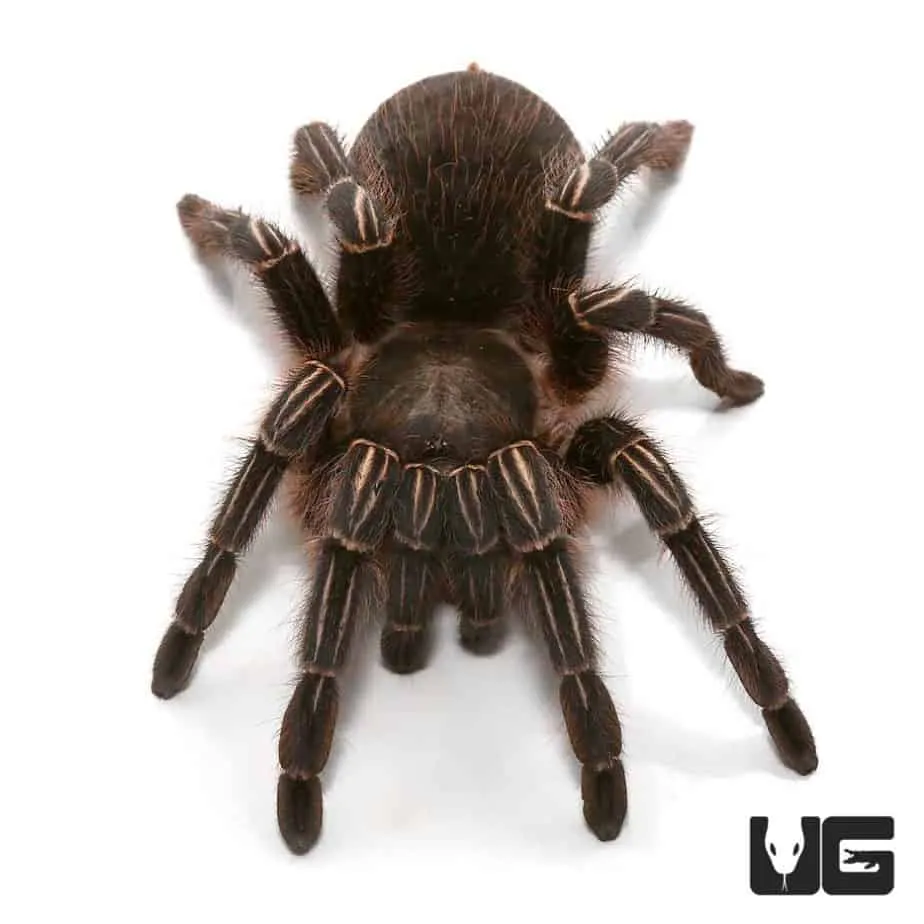
The nutritional content of the prey is as important as its size. Crickets are a common and readily available food source, but they don’t always provide a perfectly balanced diet. It’s beneficial to gut-load the crickets before feeding them to your tarantula. This means feeding the crickets nutritious foods like fruits, vegetables, and commercial cricket food for 24-48 hours before offering them to your tarantula. This enriches the crickets with essential vitamins and minerals, which are then passed on to your tarantula when it eats them. Mealworms and dubia roaches are also excellent choices, providing a good source of protein.
Suitable Prey Insects
Variety in the diet contributes to a more balanced intake of nutrients. Crickets, mealworms, and roaches are all suitable options. However, avoid feeding your tarantula wild-caught insects, as they could carry parasites or pesticides that are harmful to your pet. Always source insects from a reputable pet store or breeder. The quality of the prey significantly impacts the health of your tarantula. Make sure to choose healthy, active insects to guarantee they are nutritious and appealing to your tarantula. Remember to remove uneaten prey to maintain a clean and stress-free environment.
Tip 4 How to Offer Food
The way you offer food can influence your tarantula’s feeding behavior. Many keepers find it easiest to simply drop the prey insect into the enclosure. This method works fine, especially with adult tarantulas. However, when dealing with juveniles or tarantulas that are hesitant to eat, using feeding tongs can be beneficial. Gently grasp the insect with the tongs and wiggle it in front of the tarantula. This can stimulate its hunting instinct and encourage it to strike. Ensure the tongs are clean and free of any chemicals that might harm the tarantula. Be patient and avoid startling the tarantula when offering food.
Using Feeding Tongs
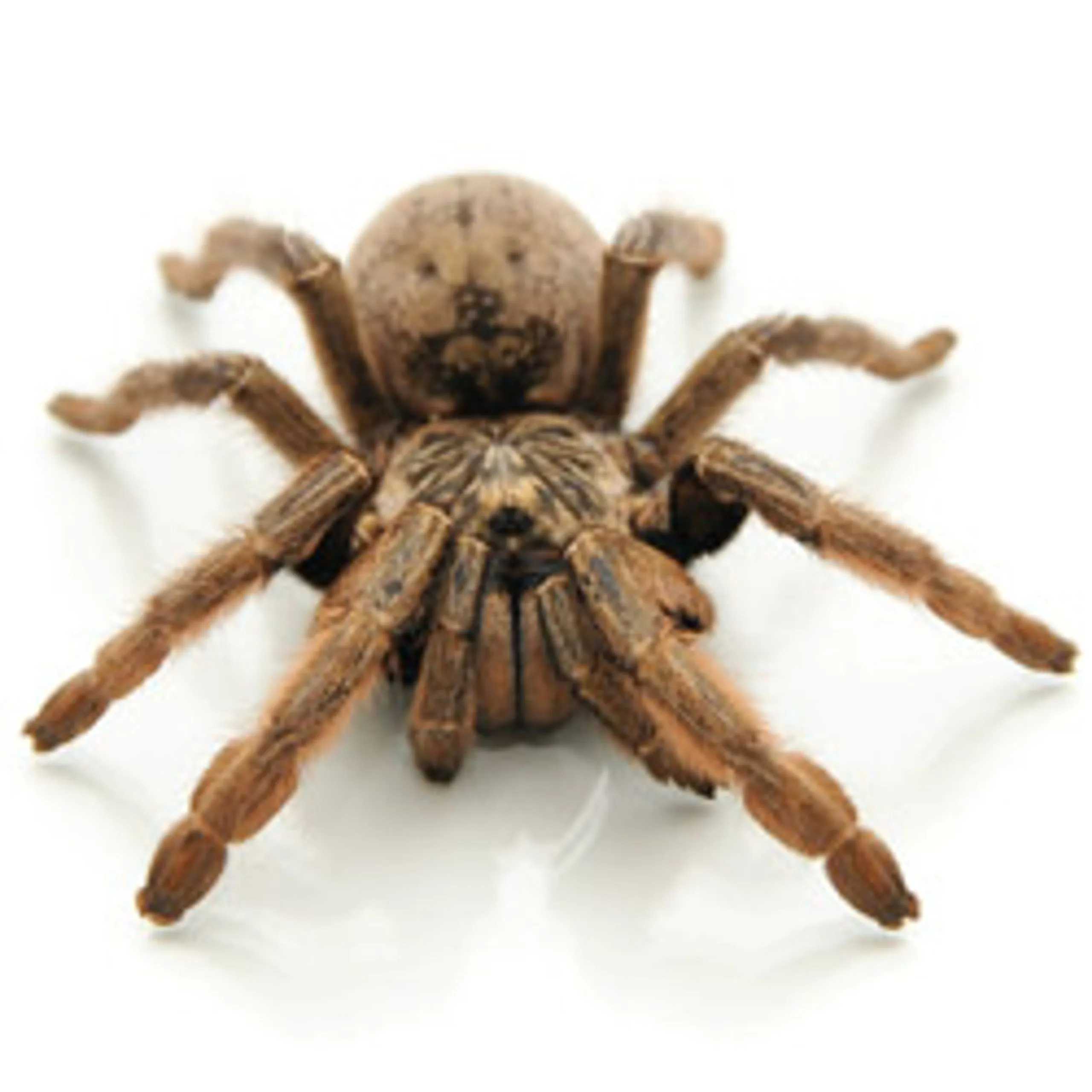
Feeding tongs provide better control when feeding your tarantula, making it easier to offer prey without disturbing the habitat. Tongs also help keep your hands at a safe distance, reducing the risk of a bite. For juvenile tarantulas, tongs make it simpler to present smaller prey directly. For those tarantulas that may not be as interested in eating, tongs can make the meal seem more appealing. Carefully present the prey to trigger the hunting instincts of your Stripe Knee Tarantula and observe its reaction. Choose tongs made from a non-toxic material and clean them after each use to prevent the spread of bacteria.
Tip 5 Water and Hydration
While tarantulas get most of their hydration from their food, providing a source of fresh water is crucial, especially during molting. A shallow water dish, filled with clean, fresh water, should always be available in the enclosure. Use a small, easily accessible dish to prevent any accidental drowning. The water dish should be checked and refilled regularly, typically every one to two days, to ensure cleanliness. The water dish should be appropriately sized for the tarantula, not too big or small. During the molting process, tarantulas need extra hydration to help them shed their exoskeleton, and a water dish is crucial for maintaining the right level of humidity.
Importance of Clean Water
Clean water prevents bacterial growth and potential health problems for your tarantula. Replace the water regularly and clean the dish to keep it hygienic. You can use a cotton ball or sponge as a water source for spiderlings to prevent them from accidentally falling in and drowning. Make sure that the water is free from chlorine or any other chemicals that might be present in tap water. Use bottled or filtered water if you have any concerns. The availability of fresh water is crucial, especially in dry environments, to ensure that your tarantula remains healthy and well-hydrated.
Common Feeding Problems and Solutions
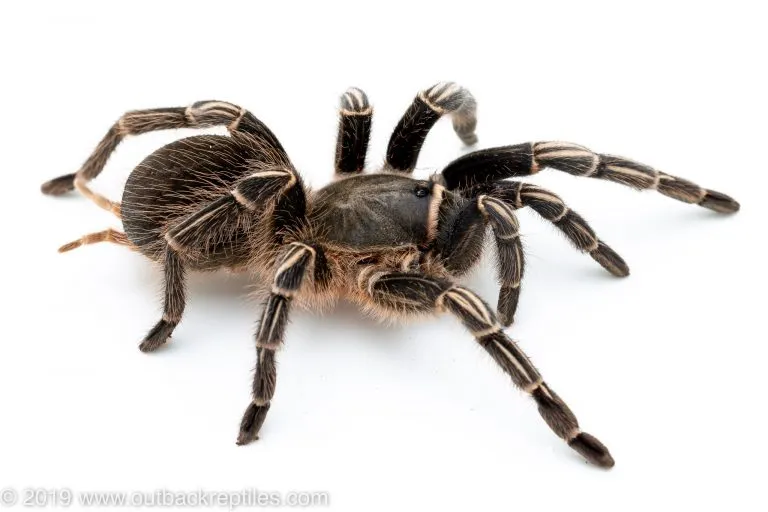
Tarantula Refusing Food
There are several reasons why a Stripe Knee Tarantula might refuse food. The most common cause is pre-molt. Before molting, tarantulas often stop eating for several weeks. Another reason could be stress, such as from a recent move or environmental changes. Make sure the enclosure has the right temperature and humidity levels. A tarantula might also refuse food if it is too cold or if it’s not hungry. If your tarantula refuses food for an extended period, monitor its behavior, and review its environment and care to identify any underlying issues. Always offer fresh water, even if the tarantula isn’t eating.
Overfeeding
Overfeeding is less common than underfeeding but still poses risks. Feeding your tarantula too often can lead to obesity, which can shorten its lifespan and potentially cause health problems. Always pay attention to the size of your tarantula’s abdomen; if it appears excessively large and round, reduce the feeding frequency. Ensure that your tarantula has an appropriate environment and the right amount of space for it to move freely. Overfeeding can cause stress. If you suspect overfeeding, adjust your feeding schedule and carefully monitor your tarantula’s health.
Conclusion
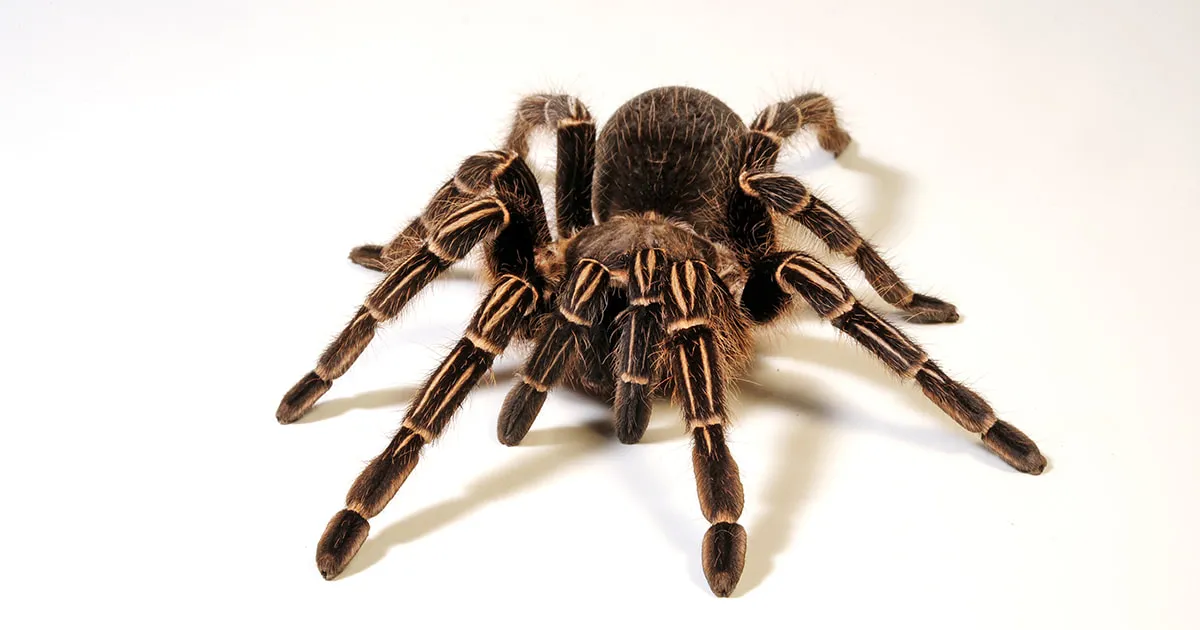
Feeding your Stripe Knee Tarantula correctly is a fundamental aspect of responsible pet ownership. By understanding their dietary needs, providing appropriately sized prey, and maintaining a regular feeding schedule, you can ensure your tarantula remains healthy and thrives. Always monitor your tarantula’s behavior, adjust your feeding practices as needed, and provide fresh water. With careful attention to these details, you’ll be well-equipped to enjoy the fascinating experience of owning a Stripe Knee Tarantula for years to come.
